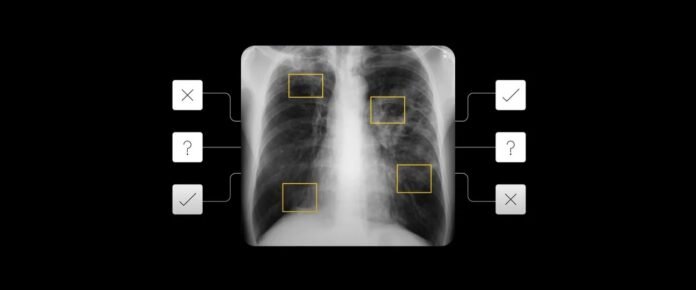
Tuberculosis (TB) remains a significant global health challenge. Despite medical advancements, it continues to affect millions of people each year. TB is primarily caused by the bacterium Mycobacterium tuberculosis (M.tb), which mainly targets the lungs but can also impact other organs, leading to severe health complications.
Types of Tuberculosis
TB can be classified into two main types – pulmonary TB and extrapulmonary TB. Pulmonary TB, the most common form, affects the lungs and is highly contagious. Extrapulmonary TB impacts other areas, such as the spine, brain, and kidneys. A particularly severe form, miliary TB, spreads throughout the body, leading to life-threatening complications.
Symptoms of Active Tuberculosis
Active TB presents several distinctive symptoms, including:
- A persistent cough lasting over two weeks
- Chest pain
- Fatigue and unexplained weight loss
- Fever, chills, and night sweats
In contrast, latent TB shows no symptoms, but infected individuals can still test positive and potentially develop active disease if their immune system weakens.
Transmission and Infection
TB spreads through airborne droplets when an infected person coughs or sneezes. The bacteria enter the lungs and can remain dormant for years. A compromised immune system can reactivate latent TB, leading to an active infection.
Immune Response to Tuberculosis
The human immune system plays a crucial role in combating TB. Macrophages, a type of immune cell, attempt to engulf the bacteria. However, M.tb has evolved mechanisms to survive and reproduce within these cells, making treatment challenging and prolonging infection.
Challenges in Treatment
While most TB cases respond well to antibiotics such as rifampicin and isoniazid, drug-resistant strains pose a major challenge. Multidrug-resistant TB (MDR-TB) requires more complex and prolonged treatment regimens, often with severe side effects. Early diagnosis and effective management strategies are crucial to controlling the disease.
Genetic Factors and Variations
Genetic variations in M.tb influence disease severity and transmission. For instance:
- Lineage 1 is linked to lower fatality rates and evolved in low-density populations.
- Lineage 2 thrives in high-density environments and is associated with more lethal infections.
Additionally, factors such as nutrition and overall health play a key role in determining TB outcomes.
Global Health Initiatives
Efforts to combat TB include:
- Genomic surveillance programs to track M.tb variants and their spread.
- Improved nutrition and healthcare access to reduce fatalities and enhance immune resilience.
- Continued research for the development of personalized treatments and more effective diagnostic tools.
Future Directions
The fight against TB requires a multidisciplinary approach. Collaboration between scientists, clinicians, and public health professionals is vital to understanding and tackling the disease. Enhanced public health strategies, including vaccination programs and early detection initiatives, will be key to eradicating TB in the long run.
By prioritizing research, improving healthcare infrastructure, and fostering global cooperation, the world can move closer to overcoming tuberculosis once and for all.

